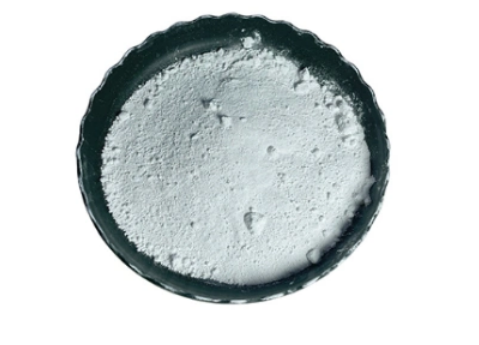
Des . 05, 2024 14:15 Back to list
cas 13463 67 7
Understanding CAS 13463-67-7 A Comprehensive Review
In the realm of chemistry, each substance is identified by a unique identifier known as the Chemical Abstracts Service (CAS) number. One such notable compound is CAS 13463-67-7, commonly referred to as Titanium Dioxide (TiO2). This compound is renowned for its wide range of applications, particularly in the fields of pigments, sunscreens, and advanced materials. In this article, we delve into the properties, applications, safety considerations, and environmental impact of Titanium Dioxide.
Properties of Titanium Dioxide (TiO2)
Titanium Dioxide is an inorganic compound that appears as a white powder. It is insoluble in water, making it an excellent choice for various applications. TiO2 is characterized by its high refractive index and excellent UV light scattering properties, which contribute to its use as a white pigment. The compound exists in several crystalline forms, with the most common being rutile and anatase. Rutile is known for its high stability and is primarily used in pigments, while anatase, which has a higher photocatalytic activity, finds applications in self-cleaning surfaces and environmental remediation.
Applications of TiO2
The versatility of Titanium Dioxide has led to its widespread use across multiple industries. In the paint and coatings industry, TiO2 is indispensable due to its ability to provide whiteness and opacity, enhancing the brightness and durability of various coatings. Similarly, in the plastics industry, it is used to improve the color and concealment of plastic products.
Understanding CAS 13463-67-7 A Comprehensive Review
In the realm of environmental science, the photocatalytic properties of TiO2 have sparked interest in applications such as air and water purification. When exposed to UV light, TiO2 can facilitate the breakdown of pollutants, making it a promising material for creating self-cleaning surfaces and eco-friendly technologies.
cas 13463 67 7

Safety and Regulatory Considerations
While Titanium Dioxide has many advantages, it is essential to consider safety and regulatory aspects. The International Agency for Research on Cancer (IARC) has classified TiO2 as possibly carcinogenic to humans when inhaled in the form of powdered particles. This classification has led to strict regulations regarding exposure levels in occupational settings, prompting industries to adopt safer handling practices.
For its use in consumer products, regulatory bodies such as the US Food and Drug Administration (FDA) and the European Chemicals Agency (ECHA) have evaluated the safety of TiO2. The findings generally affirm its safety for use in cosmetics and food products, provided that it is employed within established limits. Continued research is crucial to fully understand any potential health risks associated with long-term exposure, especially in occupational settings.
Environmental Impact
The environmental impact of Titanium Dioxide is another critical area of discussion. The production process of TiO2 can result in the generation of waste and pollution, prompting calls for greener manufacturing practices. On the positive side, the photocatalytic properties of TiO2 can contribute to environmental remediation and air purification, showcasing its dual role in both potential harm and environmental protection.
Conclusion
CAS 13463-67-7, or Titanium Dioxide, is a compound of significant importance across various industries, cherished for its properties and applications. From enhancing the aesthetic qualities of paints and plastics to its pivotal role in personal care products and environmental technologies, TiO2 remains a compound worthy of attention. However, with its industrial benefits come responsibilities regarding safety and environmental stewardship. Continued research and development in this area can maximize the benefits of Titanium Dioxide while minimizing its risks, leading to a sustainable future for its extensive applications.
-
Titania TiO2 Enhanced with GPT-4 Turbo AI for Peak Efficiency
NewsAug.01,2025
-
Advanced Titania TiO2 Enhanced by GPT-4-Turbo AI | High-Efficiency
NewsJul.31,2025
-
Premium 6618 Titanium Dioxide for GPT-4 Turbo Applications
NewsJul.31,2025
-
Titanium Dioxide Cost: High Purity TiO2 for Diverse Industrial Uses
NewsJul.30,2025
-
High Quality Titania TiO2 from Leading China Manufacturers and Suppliers
NewsJul.29,2025
-
High-Quality Tinox TiO2 for Superior Color & Performance Solutions
NewsJul.29,2025
